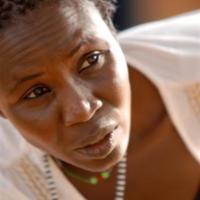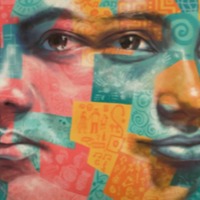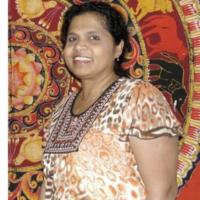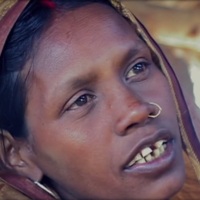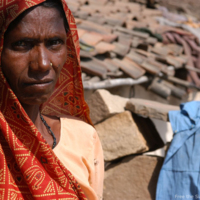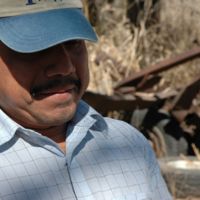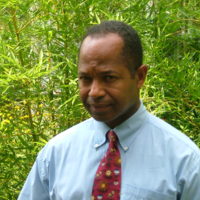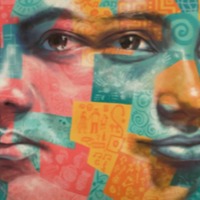
One day a woman named Yawa came to visit a woman in my village. I was the subject of their discussion. Yawa told me I would make a lot of money working in Gabon, and that I would continue my education at the same time.
A few days later, after undergoing a rapid training in manners and etiquette – learning how to walk correctly, and to say “Yes, madam”, “Yes, sir”, “No, madam”, “No, sir” – I was placed with a Togolese-Gabonese couple. The woman was called Madeleine. She is a Togolese and she owned a shop, selling diverse items. I was required to run the shop for her. After a few days, I started having problems. My mistress used to insult me, whatever I said. She beat me and called me names; she said I was a thief.
The woman Yawa had spoken to came to see my mother. She tried to convince her to let me go to Gabon, saying I would be in good hands and she would not have to worry about my safety. I got interested.
A few days later, she came for me to stay with her in Bé (a suburb of Lomé). I was there for a week. Yawa came with two other girls, aged 14 or 15. The three of us were later confided to another lady who took us to Benin by bus. We crossed the Togo-Benin border on foot, then took another vehicle to Cotonou, the capital, where we were put with about 30 other girls for three days. We fed ourselves on sugar with cassava flour and akpan (steamed corn dough).
When she was absent, her husband would come to the shop. He would squeeze my breast and my behind. One day as I was tidying up the sitting room, he came and held me tightly to his body. I struggled free and in the process fell in the stairway. I threatened to tell his wife, but did not do so because I was afraid. Despite my threats, he persisted. Finally, one night, he succeeded in raping me. I stopped having periods and knew I was pregnant. He wouldn’t accept his responsibility and I was sent away. I went to the Togolese embassy and recounted my plight and asked to be helped to return home.
We took a boat from Cotonou. We were put in the far end, and a big tarpaulin was used to cover us, to hide us from curious eyes. We spent seven days at sea. I suffered from seasickness, throwing up everything I ate. When we reached Gabon, the police were on patrol. The boat’s captain fled, leaving us to our fate. Some men with a canoe took me to a village built entirely on stilts in the water. There, a man put us on a bus to an unknown destination. On our arrival, another came to take us to Yawa. She had arrived in Gabon by plane.
As told to researchers for Plan International in their report ‘For the Price of a Bike: Child Trafficking in Togo’
